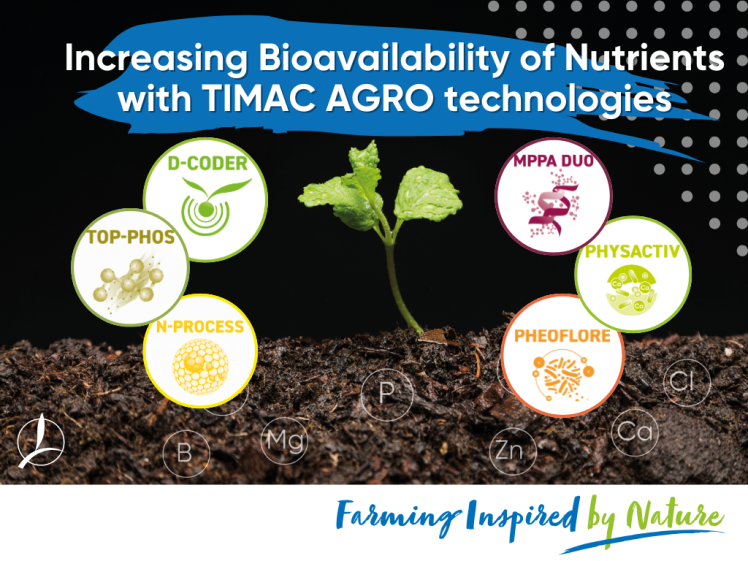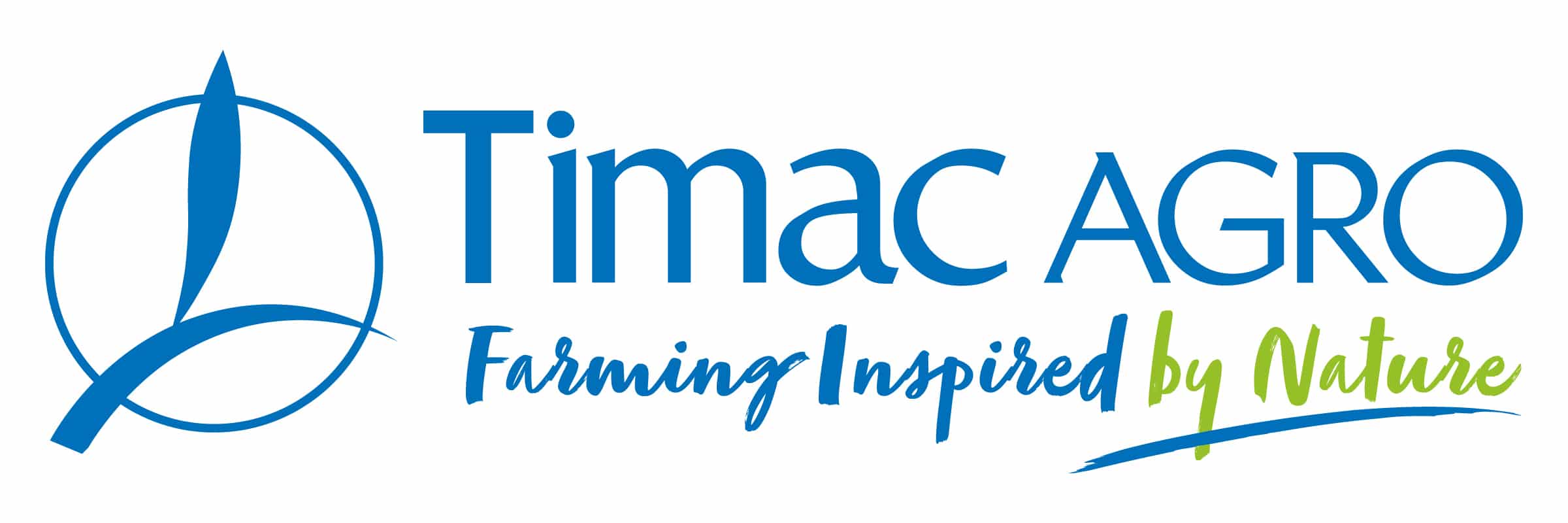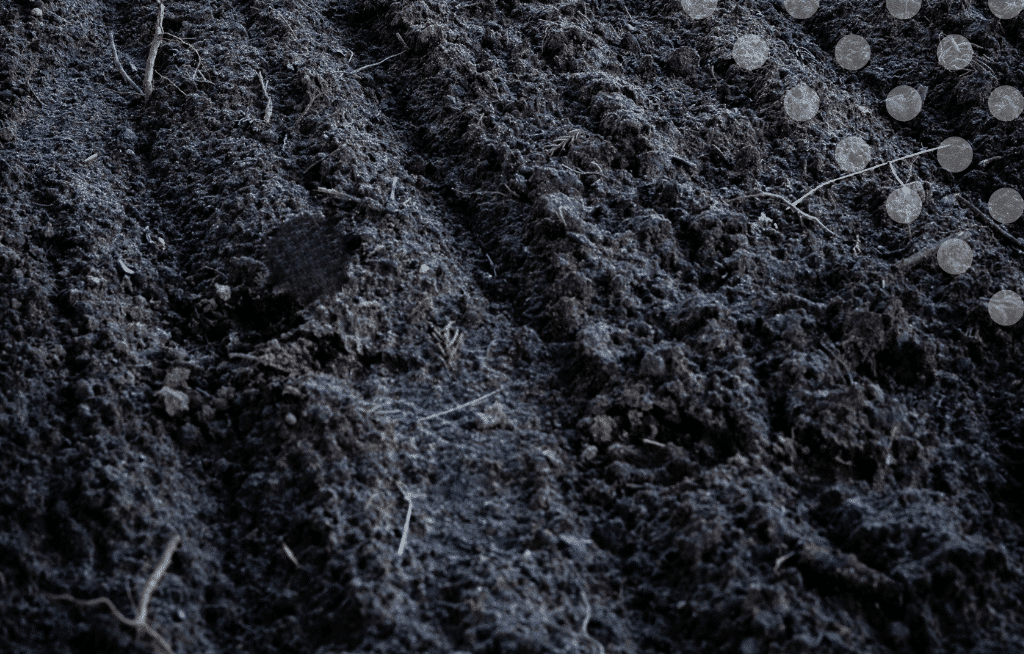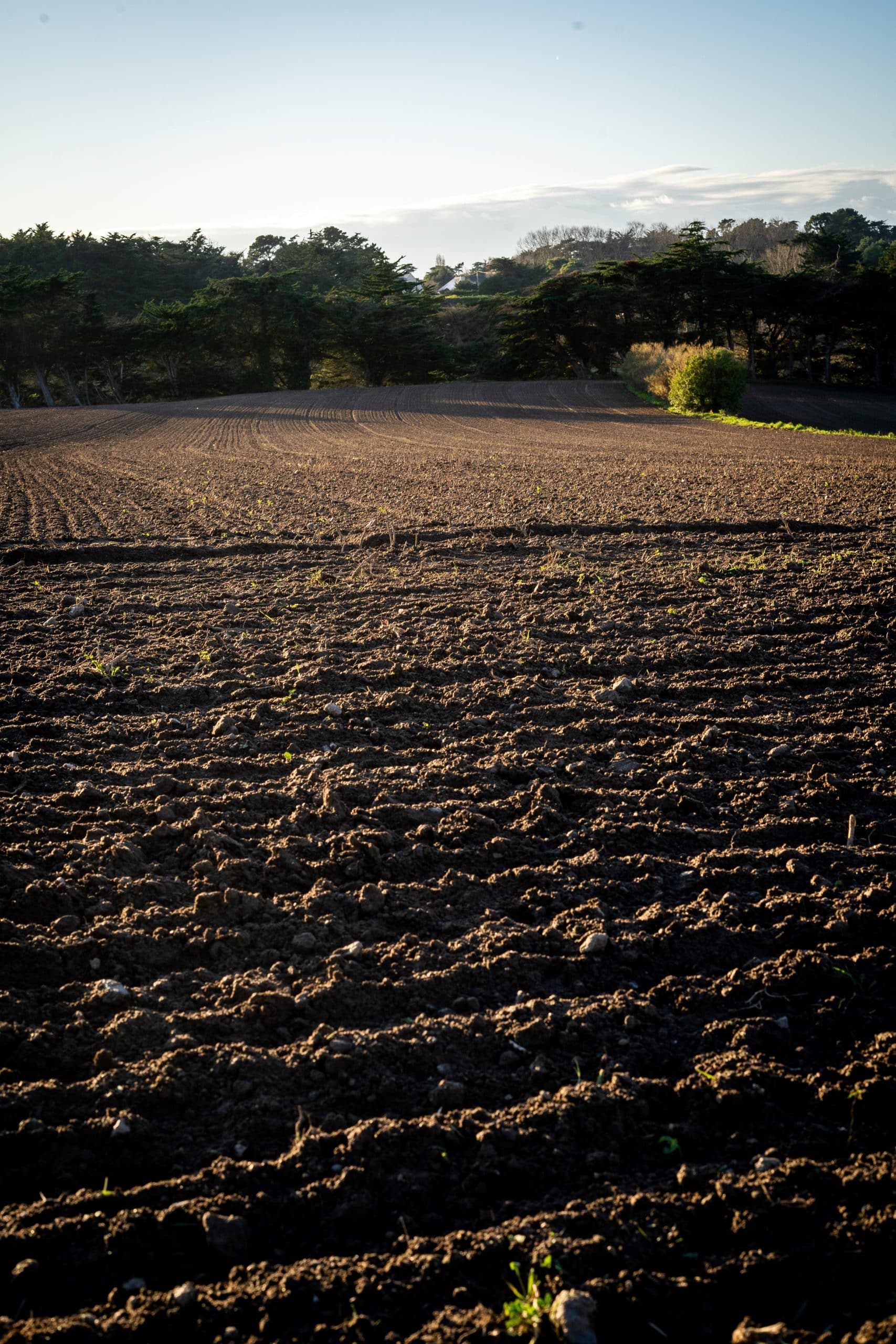Increase Bioavailability of Nutrients for Sustainable Agriculture
The natural abundance of elements in the soil does not always mean they are available for plants. Bioavailability refers to the amount of an element that a plant can absorb, usually the portion dissolved in the soil solution. Various factors such as temperature, oxygen levels, pH, organic matter content, and soil water content influence the bioavailability of these elements. Sometimes, elements are not immediately available but are protected by organic matter or other soil components.
Why Bioavailability Matters
Increasing the bioavailability of nutrients in soil is more effective than simply adding more fertilizers. This approach not only protects the soil but also reduces the overall amount of fertilizers needed by farmers.
Nutrient Availability and Pedo-Climatic Conditions
The availability of nutrients in the soil is closely linked to pedo-climatic parameters. Changes in temperature, oxygen levels, pH, organic matter, and soil water can significantly impact nutrient bioavailability.
What TIMAC AGRO Does
TIMAC AGRO focuses on protecting elements from retrogradation and increasing the mineralization of organic matter in the soil. This ensures that nutrients remain available for plants, promoting healthier and more sustainable crop production.

By understanding and managing these factors, we can improve the bioavailability of nutrients, ensuring that plants get the necessary elements for growth without over-relying on fertilizers. This not only benefits the crops but also helps in maintaining soil health for the future.
Our technologies Calcimer, Mescal, Top-Phos, D-Coder, MPPA Duo, N-Process, Minactiv, Physactiv, Phéoflore, Rhizovit LCN, Min’up, Inrizza, Enrgero and Tuval have proven actions towards increasing bioavailability of nutrients.
These actions are in line with the @GroupeRoullier CSR Comitments to make our products more sustainable and contribute to fighting climate change.




